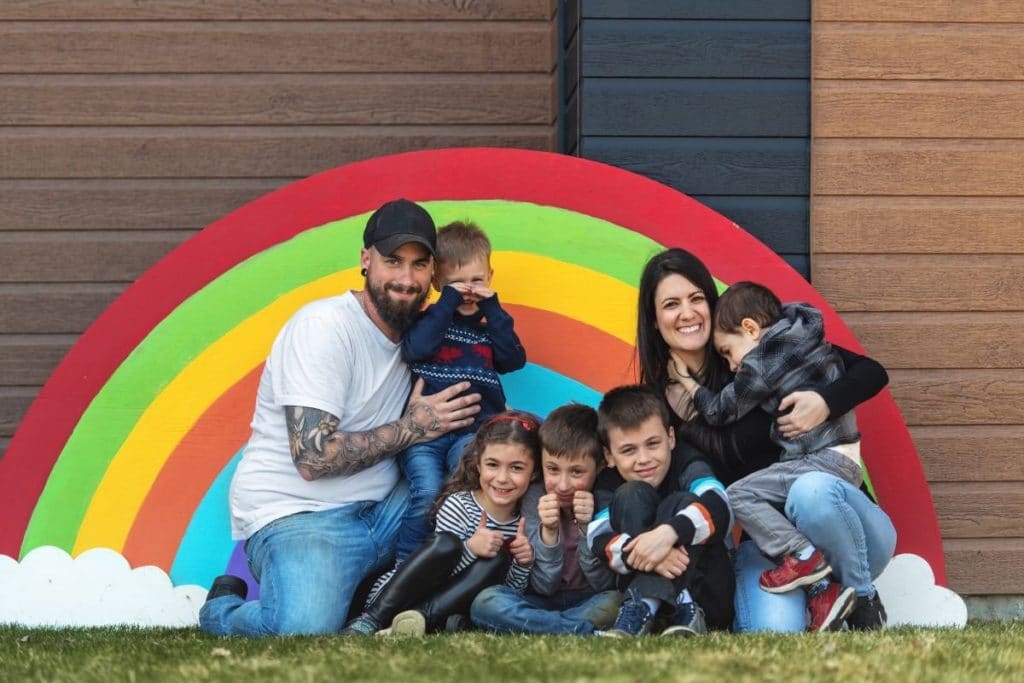A blended family can be one of life’s chief joys. But unfortunately, a large number of people marry (or re-marry) without ever taking the time to assess their estate plans and update them, which, given the enormity of the legal change, is almost certainly necessary. Estate plans can get complex in any case, but where blended families are concerned, things have a way of getting downright convoluted. This is especially true if you don’t enlist the aid of an experienced estate planning attorney.
While the law has long since established lines of inheritance (through hundreds of years of common law) favoring traditional Western family roles and concepts, it doesn’t do a great job of taking blended family situations into account. For example, step-children are not automatically included in an inheritance when someone passes without a will, and guardianship issues get tricky when another biological parent is not part of the blended family but is in the picture for one or another child.
All of this to say: it is vital to wade into the details and be utterly thorough when creating an estate plan for your blended family. When done right, you make certain that every family member is cared for to the degree and in the ways that you feel is best. And one way to contend with such details is through the use of trusts.
Trusts can have several different features to help accomplish the goals of caring for the blended family.
But first, what is a trust? It is simply a legal entity that owns assets. Most trusts are created during your lifetime by signing a legal document establishing the trust. When you create a trust, you can utilize language to ensure your goals are accomplished after you are gone. Here are a few examples:
A trust can set aside a portion of the assets in the trust to pass directly to your surviving spouse to use as they please. Alternatively, you can set instructions on how assets are to be used, which are carried out by a trustee. If you select the latter, meaning to have someone hold and manage assets for your spouse, you can also direct that everything left will go to the children of the family.
When there are multiple young children, it is also possible to designate a portion of the trust assets to be held in a common pot trust. This type of trust can be distributed based on the needs of each child. Does Jamie need braces? Not a problem. Does Abigail want to attend a science camp? Consider her enrolled. In other words, you instruct the trustee to treat your children the way you do for them now. Then, when the children are a bit older, the trustee is instructed to divide the common pot into separate shares for each child. Often a surviving spouse becomes the trustee in such a scenario. Still, again, a blended family may include a second trustee to serve with the surviving spouse, perhaps from the deceased spouse’s family.
What you just learned in this blog only scratches the surface of trusts. And make no mistake: trusts are not the only method to prepare your estate to benefit your blended family. But, they can be a powerful tool in getting your assets where you want them to go.
Let Us Help Create An Estate Plan for Your Blended Family
To learn more, attend one of Promise Law’s free estate planning workshops. These workshops provide a great foundation of information that everyone needs to make sound planning decisions. Moreover, if you attend a workshop, you also get a complimentary one-on-one consultation.




